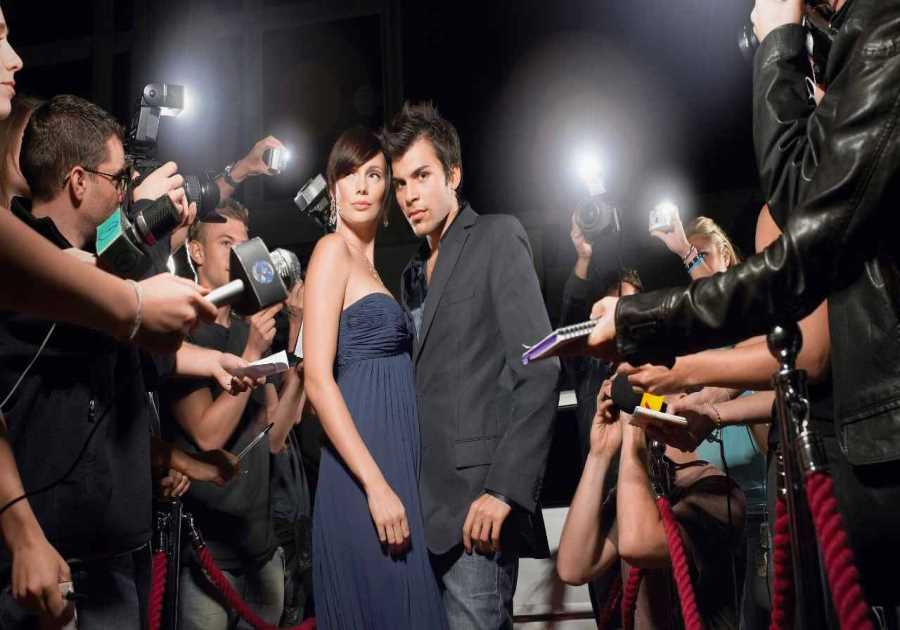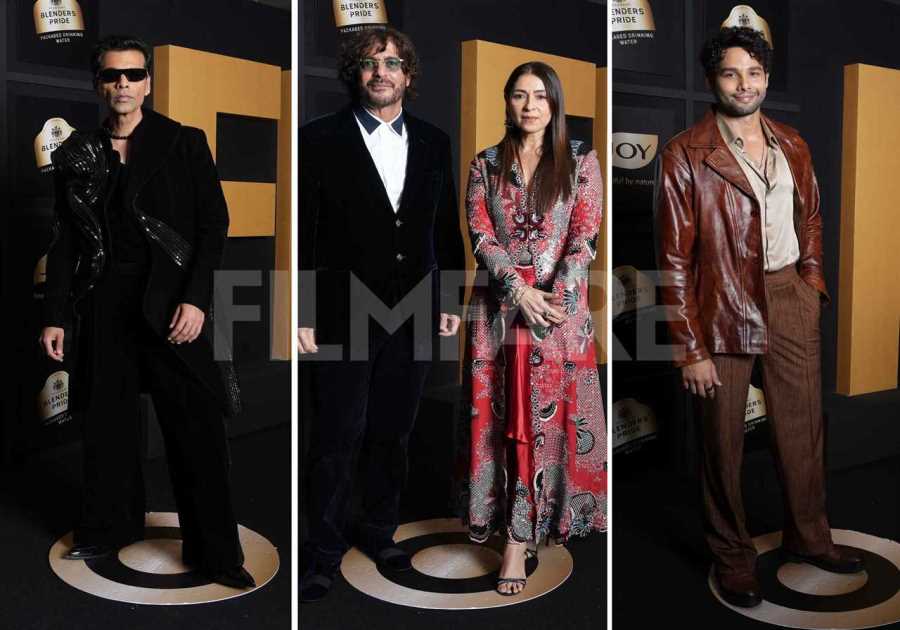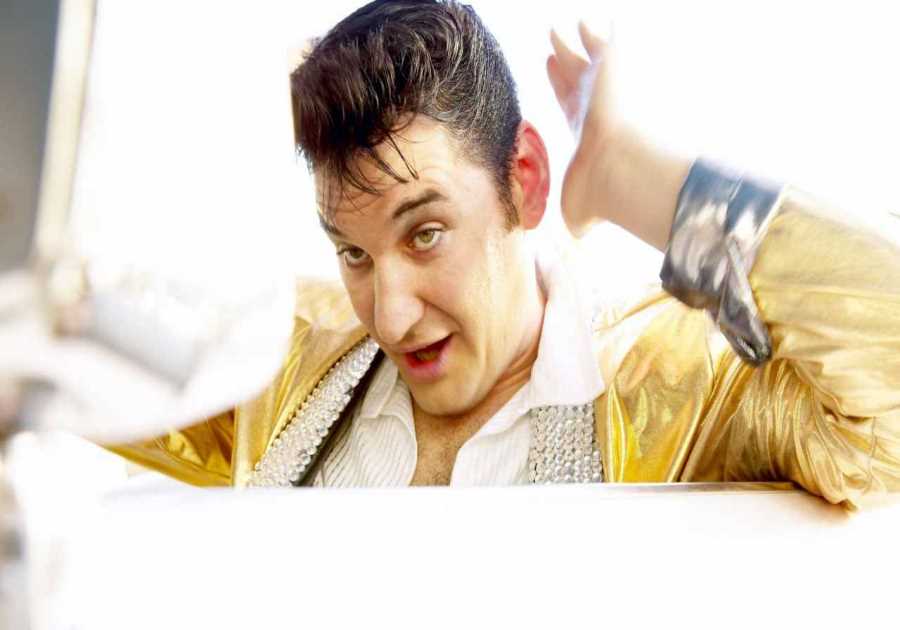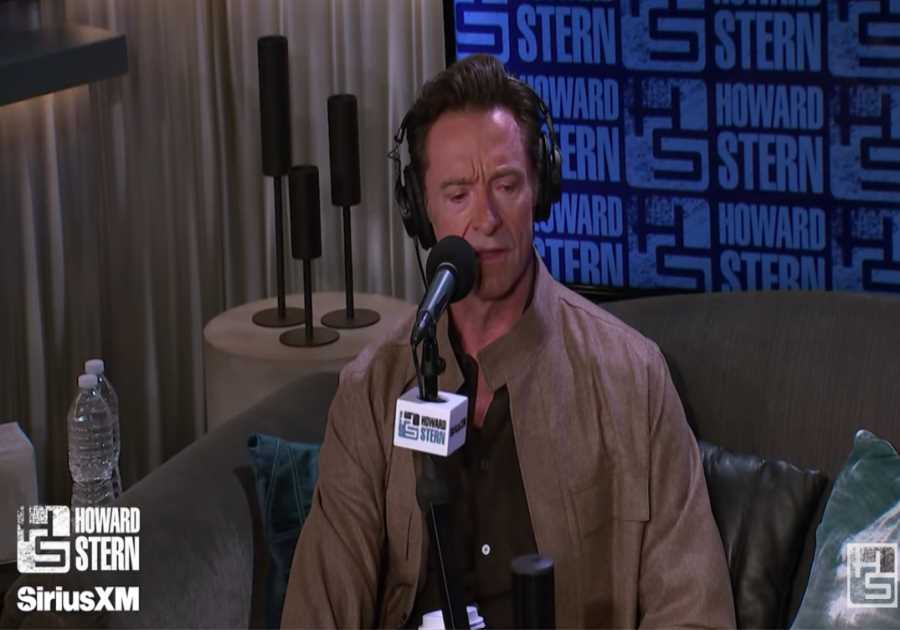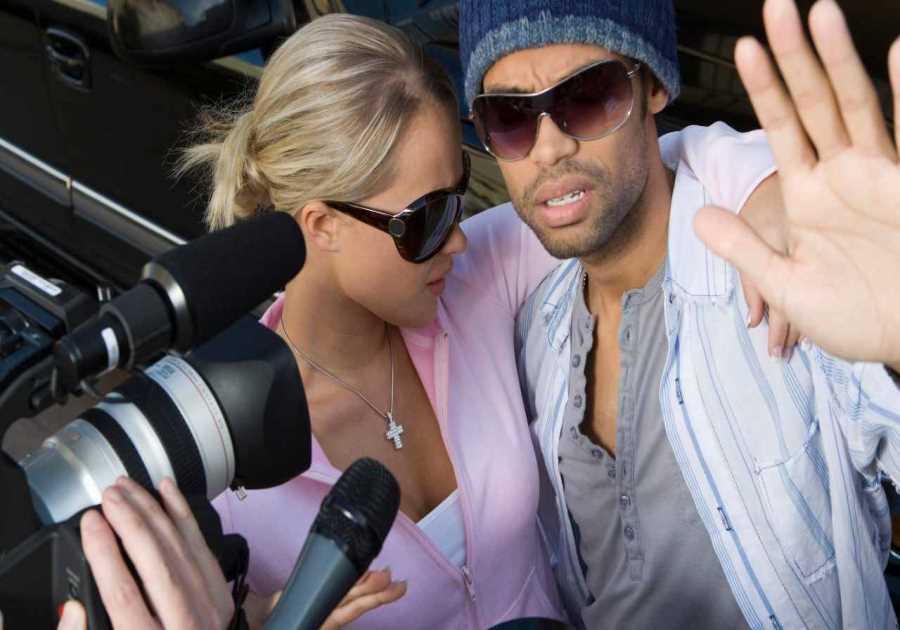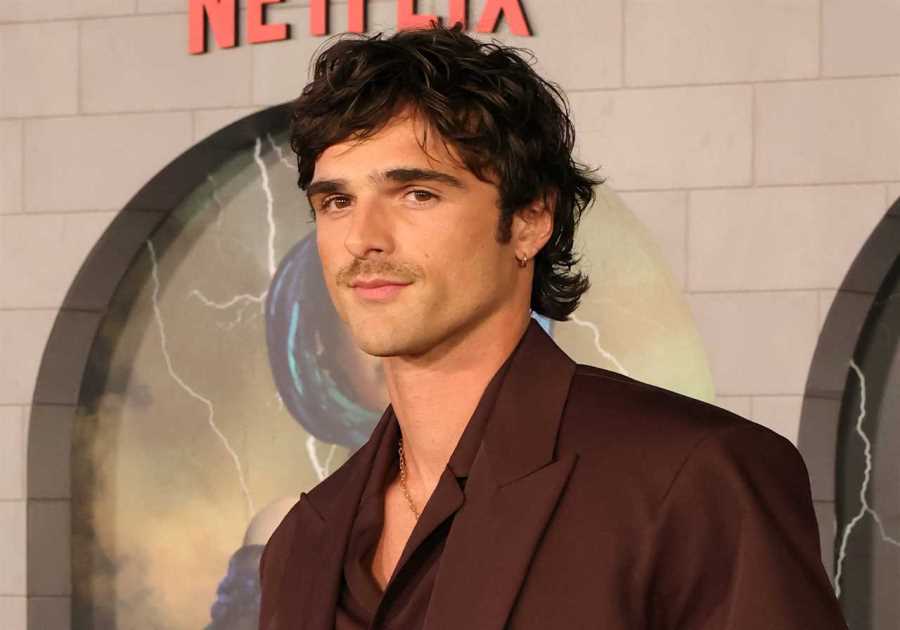
TEMPE, Ariz. — Martin Luther King Jr.’s “I Have a Dream” speech, layered with modern beats, flowed from a loudspeaker as a group of young men, virtually all of them American-born Black baseball players, took batting practice at the annual Dream Series this past weekend.
Tony Reagins, the Major League Baseball executive behind the event, turned to a visitor and said, “When was the last time you heard a Dr. King speech during B.P.?”
Perhaps never, was the reply. The audio mix came from the phone of Jerry Manuel, a former manager of the Mets and the Chicago White Sox. Manuel is also one of the coaches at the Dream Series, an event named, in part, to honor King’s legacy, and designed to increase the number of Black players in Major League Baseball.
“Just seeing all this gives me goose bumps,” Reagins said.
Only three months have passed since the conclusion of a World Series that embarrassed and humbled M.L.B. For the first time in 72 years, it was played without a single American-born Black player.
Baseball, the sport that once helped redefine racial boundaries in American society when Jackie Robinson integrated the National League in 1947 — and fielded multicultural rosters for decades — had been slipping backward in recent years. But the 2022 World Series, between the Philadelphia Phillies and the Houston Astros, was a jarring signpost.
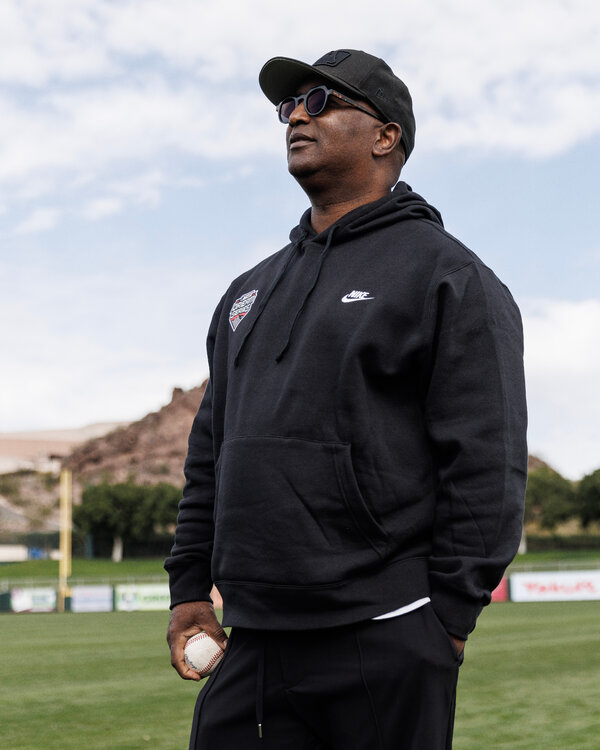
The problems are not just on the field. The 30 M.L.B. teams, while showing progress, still suffer from a glaring lack of diversity in front offices and on coaching staffs, according to independent watchdog organizations. But Black American player participation in baseball, including in the once-thriving Negro leagues, had long been a hallmark of the sport, and that was slipping away.
The effort to address that issue started long before the 2022 World Series and was reinvigorated with the hiring of Reagins in 2015. The rewards of the league’s various programs, Reagins insists, will be seen in the coming years.
“I was disappointed, I was discouraged,” Reagins said of the moment he learned no Black players would be participating in the 2022 World Series. “But also some anger to have that story highlighted at the biggest stage of our game. I knew that was going to be the narrative, but I also knew there is so much work being done to create a pathway for years to come.”
That work is his passion. Reagins, who was the general manager of the Los Angeles Angels from 2007 to 2011, joined M.L.B. with a mandate to diversify the game from the ground up. He helped initiate and revitalize several development programs, including the Dream Series, which is held each year during M.L.K. Day weekend; the Breakthrough Series; and the Hank Aaron Invitational, which culminates in a showcase event at Truist Park in suburban Atlanta.
All of the programs, and more to come, were conceived to get mostly underserved Black girls and boys into baseball, softball and girls’ baseball, and to eventually put the most talented players, like J.P. Massey, in front of college coaches and professional scouts.
“I’m a kid from inner city Chicago, so for them to bring me all the way to Atlanta, to where there are different scouts, it’s a chance to showcase your talent in front of different sets of eyes,” said Massey, a 22-year-old pitcher who said he might not have had the chance to play at the University of Minnesota or be drafted by the Pittsburgh Pirates without the coaching and mentorship he received in the various programs.
In an increasingly pay-to-play era, where expensive travel teams and private coaches funnel more privileged players toward elite showcase events, many disadvantaged youth players find it difficult to be noticed by scouts and recruiters. Most of the programs under the M.L.B. umbrella, which are also supported by the players’ union and U.S.A. Baseball, are free, include travel and feature elite coaching.
Last weekend, former players and managers, like Manuel, LaTroy Hawkins, Marvin Freeman and Mike Scioscia, were scattered around the Angels’ training facility, working closely with many of the best young Black players in the country. M.L.B. says that about 600 alumni of the series have gone on to play in college, an achievement Reagins hails as equally important to the core mission.
A longtime scout, Reagins vigorously declares that baseball is still popular among young Black athletes.
“You hear, ‘Oh, Black kids aren’t playing baseball,’” he said. “I see them all the time. All the time. When I hear that, I can understand it. But that person is probably regurgitating something they just heard.”
Still, there is no debate over the shrinking numbers of African American players in M.L.B. Last year, the percentage of American-born Black players on opening day rosters was 7.2, according to the annual Racial and Gender Report Card, conducted by the University of Central Florida. That was the lowest percentage since 1991, when the data was first collected. That year, African American players made up 18 percent of M.L.B. rosters.
But as the number of Black players in M.L.B. continues to decline, the number of draft picks has increased drastically in recent years, in part because of the league’s programs. According to the same study, in the first rounds of the last 10 drafts, 65 American-born Black players were drafted out of 349 picks (18.6 percent). A large percentage of those players were alumni from M.L.B.-led development programming.
M.L.B. sees the 2022 draft as a counterpoint to the sobering World Series. Four of the first five players selected, and six of the top 18, are American-born players who participated in one or more of the M.L.B. development programs. Nine of the 30 players taken in the first round are American-born Black players.
Richard Lapchick, the director of U.C.F.’s Institute for Diversity and Ethics in Sport, which produces the report card, called the World Series a “jaw-dropping” moment. He believes that M.L.B. is making a sincere effort to reverse the trend.
“The draft numbers show a sign of hope,” he said, “but we are not going to know for a couple of years if it will make the change they hope it will.”
One day soon, young children may be watching players like Zion Rose and Sir Jamison Jones, two of several catchers working with Scioscia, the former Dodgers All-Star catcher and longtime manager of the Angels, last weekend.
“To work closely with a coach like that is incredible,” said, Jones, a high school junior from Blue Island, Ill., near Chicago. His dream is to become an M.L.B. All-Star, “and to start my own foundation to help get inner city kids involved with baseball.”
There are many theories to explain why baseball has become less popular among Black athletes, many having to do with the draw of more popular sports like football, basketball and soccer.
“Baseball was once a pillar of our community,” said Manuel, the former manager, who is 69. “Our generation, we didn’t do our job to keep kids involved in baseball.”
But nothing has yet dissuaded Cam Johnson, a top left-handed pitcher from Maryland, from pursuing a career in baseball.
Johnson is 6 feet 5 inches, weighs 240 pounds and said many people have attempted to persuade him to switch to football or basketball. Darwin Pennye, a scout for the Kansas City Royals who has worked as a coach and youth development director, said it is hard for young players to resist the allure of those sports.
“We are trying to keep the Patrick Mahomeses of the world in our game,” Pennye said.
Patrick Mahomes, whose father, Pat, was a major league pitcher, chose football, as did other dual-sport stars like Kyler Murray, Russell Wilson and Jameis Winston.
Johnson has been mentored and encouraged by Hawkins, a 21-year major league pitcher who watched Johnson throw on Saturday in front of about a dozen M.L.B. scouts, all urged by Reagins to attend the Dream Series. Reagins said more scouts were showing up at the events in the wake of last year’s draft, but he would like to see even more.
The programs approach players at all levels, starting in elementary schools, and each year, the top 44 players are invited to play in a special game at Truist Park, the home of the Atlanta Braves, where they use the same clubhouses as the big leaguers and stay in the same hotel as visiting teams.
“That was the highlight of my baseball life,” said Jones, the catcher from Illinois.
Not all make it that far. But some, like Fateen McDaniel, go even further, in part because of the mentorship they received. McDaniel was such a troublemaker at the Hank Aaron Invitational several years ago that Reagins almost sent him home. But Manuel, who recommended McDaniel for the program, told Reagins if they did, they never would hear from McDaniel again. Today, McDaniel serves as an aviation boatswain’s mate, launching aircraft from the deck of the U.S.S. Harry S. Truman.
Speaking by telephone from the ship, McDaniel described how Manuel first discovered him and others on the Little League fields of Sacramento, Calif.
“All these kids, a majority Black, a lot of them broken homes, single-parent homes, and they put us in a stable setting,” McDaniel said. “I probably did some bad things to make him look bad. If I could take all that back, I would.
“Baseball kept me out of a lot of trouble that I could have been in. I’m getting married soon, and we’re talking about having kids. I would definitely put my son into programs like that.”
The Dream Series was born after Reagins heard Dave Stewart, a longtime pitcher for the Oakland Athletics and several other clubs, lament the lack of Black pitchers and catchers in today’s game. The program, with about 80 players, emphasizes those positions.
Alumni like Hunter Greene, who showed glimpses of potential with the Cincinnati Reds last season, and Termarr Johnson, the No. 4 pick in last year’s draft by the Pittsburgh Pirates, are beacons for the younger players. Greene invited all of them to his home in Phoenix on Saturday night and gave them spikes and letters of encouragement.
The overall message from Greene and everyone else involved in the programs: There is still a place for you in baseball.
“A lot of these guys are the only Black players on their teams at home,” Manuel said. “But when they come here, look around and see all these other players who look like them, they see that they aren’t the only ones.”
-----------------------
By: David Waldstein
Title: M.L.B.’s Dream Series Hopes to Show Black Players They Belong
Sourced From: www.nytimes.com/2023/01/17/sports/baseball/mlb-dream-series.html
Published Date: Tue, 17 Jan 2023 10:00:30 +0000
Did you miss our previous article...
https://ballerawards.news/sports/lamar-jackson-through-the-eyes-and-words-of-baltimore-ravens-fans-six-ravens-supporters-share-their-thoughts-on-the-quarterbacks-connection-to-the-community-his-contract-situation-his-chances-of-winning-a-super-bowl-and-more

